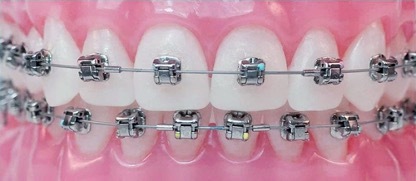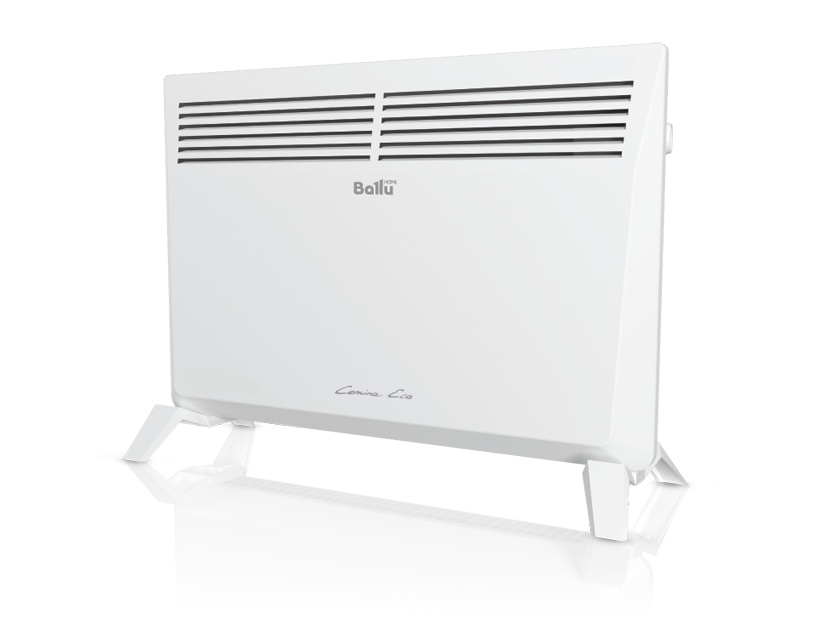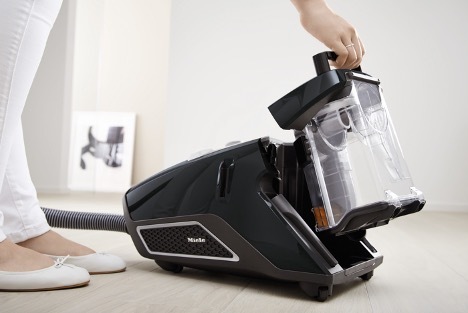Finding out how much water is in the radiator is very important for the heating system to work correctly. The amount of water in the radiator directly affects how well it can heat the room. It also helps you understand how well the entire heating system is doing its job. An accurate calculation of the amount of water in the radiator is needed in order to select a boiler of suitable power. It also helps determine how much antifreeze to add to the system, if necessary.
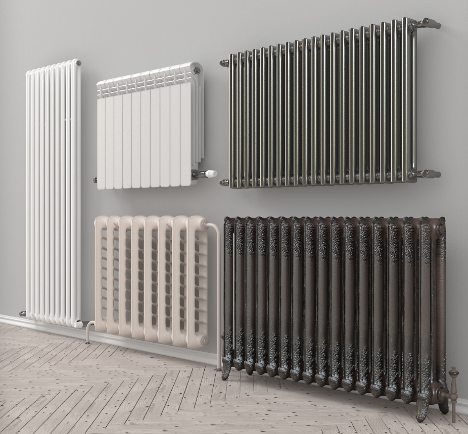
The content of the article
- How much water is in the cast iron section of the heating radiator?
- Calculation of water volume for the entire heating system
- Volume of aluminum radiators and power of one section
- Heating radiator weight and its meaning
- Table of water volume in a heating radiator
- Errors when calculating the volume of a heating radiator
- Reliable Russian manufacturers of heating radiators
- Conclusion
How much water is in the cast iron section of the heating radiator?
Knowing how much water is contained in the cast iron section of the radiator is very important. This affects how quickly the radiator heats up and how efficiently it transfers heat. Cast iron radiators retain heat well, so accurate calculation of their volume is very important. Typically, one standard section of a cast iron radiator contains from 1 to 1.5 liters of water. But this amount may vary depending on factors such as:
- depth of the section - the deeper it is, the more water it can contain;
- larger sections can hold more water;
- Some modern models of cast iron radiators may have more or less water volume.
Calculation of water volume for the entire heating system
To calculate how much water is needed for the heating system, you need to multiply the amount of water in one section by the amount of all sections in all radiators of the system. This will show how much water is needed to fill the entire heating system and will help determine how powerful the boiler needs to be to heat this water efficiently.
Understanding the volume of water in cast iron radiators helps not only when installing a heating system, but also during its use and maintenance. This ensures that your heating is efficient and your home is warm and cozy.
Volume of aluminum radiators and power of one section
Moving on to aluminum radiators, it is important to take into account the volume of the aluminum radiator and the power of one section of the aluminum radiator. Aluminum radiators usually have a smaller volume of water per section compared to cast iron ones. Approximately, one section of an aluminum radiator can contain from 0.3 to 0.5 liters of water. These radiators are characterized by high heat transfer. This is why they heat up quickly and transfer heat efficiently.
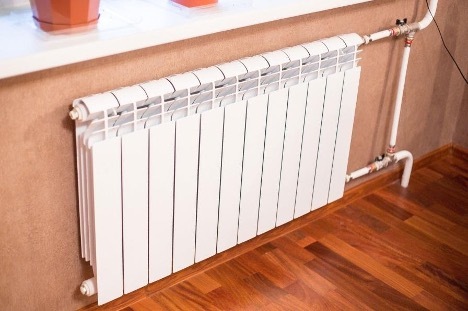
Heating radiator weight and its meaning
How much a heating radiator weighs also plays a role in the selection and installation of radiators. The weight of the heating radiator plays an important role in the selection and installation of heating devices. The weight of the radiator affects several key aspects:
- Heavy radiators require more complex installation and reliable fasteners. This is especially true for large radiators or those mounted on walls made of less durable materials.
- Heavier radiators can be difficult to transport and handle, especially where space is limited or when they need to be transported to high floors without a lift.
- The weight of radiators must be taken into account when designing buildings. Especially if you plan to install a large number of radiators or very heavy models.
Different radiator materials affect their weight:
- Cast iron radiators are usually the heaviest. One sectional element can weigh from 7 to 10 kg. Their installation requires strong fastening to the wall or installation on reliable supports.
- Aluminum radiators are much lighter than cast iron ones. The weight of one section is usually from 1 to 2 kg. This makes them easier to install and transport.
- Bimetallic radiators - their weight varies, but usually it is less than that of cast iron, and slightly more than that of aluminum radiators. They are a combination of the lightness of aluminum and the strength of steel.
When choosing a radiator for heating, it is necessary to take into account not only its thermal characteristics, but also its weight. For buildings with limited load-bearing capacity or to simplify installation, lightweight models may be preferable. These can be either aluminum or bimetallic radiators. However, in some cases, especially in historic buildings, it may be advisable to use heavier cast iron radiators to suit the style of the interior.
Table of water volume in a heating radiator
For ease of calculations and selection of radiators, here is a table of the volume of water in a heating radiator:
| Radiator type | Water volume |
| Cast iron radiator (1 section) | 1 - 1.5 liters |
| Aluminum radiator (1 section) | 0.3 - 0.5 liters |
This table represents average data and may vary depending on the specific model and manufacturer. When planning a heating system, it is recommended to refer to the technical documentation of specific radiator models.
Errors when calculating the volume of a heating radiator
The main problem when determining the volume of radiators for heating is neglecting the accuracy of calculations. Incorrect calculations can lead to inappropriate levels of space heating. If the radiator volume is too small, it will not provide adequate heat transfer, which in turn will lead to inefficient heating and increased energy costs. On the other hand, choosing too many radiators will result in unnecessary purchase and installation costs, as well as increased heating costs due to the oversized radiators.
The second common mistake is incorrectly taking into account room parameters when calculating the volume of radiators. It is important to consider the size of the room, the height of the ceilings, the number and size of windows, the level of thermal insulation of the walls and other factors. For example, ignoring large windows or poorly insulated walls can lead to an underestimation of the required radiator volume. And this, in turn, will not provide sufficient heating during the cold season.
Another important aspect is the choice of the type of radiator that matches the specific heating system. For example, using radiators with low thermal radiation in systems with high thermal requirements will not give the desired effect. Likewise, cast iron radiators may not be the best choice for low temperature heating systems due to their high thermal inertia.
Reliable Russian manufacturers of heating radiators
There are several manufacturers of heating radiators in Russia that have earned a reputation as reliable and high-quality suppliers of heating equipment. These companies offer products that meet high quality standards and can satisfy the needs of a wide variety of consumers:
- One of the leading domestic manufacturers, Conord specializes in the production of bimetallic and aluminum radiators. The company's products are characterized by high heat transfer and durability.
- Rifar is a well-known Russian brand that produces high-quality heating radiators. The range includes bimetallic, aluminum and steel panel radiators.
- The Thermal company produces steel panel radiators, which are popular due to their efficiency and affordable price.
- Lidea specializes in creating cast iron radiators that are distinguished by their classic design and ability to retain heat for a long time.
- Santekhprom offers a wide range of radiators, including bimetallic and aluminum models. Santekhprom products combine modern technology and reliability.
These manufacturers offer various types of radiators that meet all modern requirements for heating systems. Their products undergo strict quality control and meet both Russian and international standards. Choosing radiators from these brands guarantees reliability, durability and heating efficiency for any home.
Conclusion
An accurate understanding of the volume of water in heating radiators plays a critical role in the efficiency and reliability of the heating system. This is especially true for cast iron radiators, where correct calculation of the volume of water in each section ensures optimal heat distribution and efficient use of energy. Incorrect calculations can lead to insufficient or excessive heating, as well as to unjustified energy costs. Given this, it is important to approach the calculation process with due care and accuracy to ensure comfort and warmth in the home, as well as the economic efficiency of the heating system as a whole.
